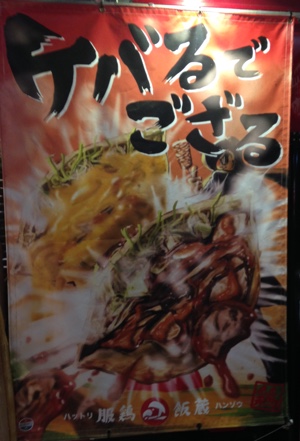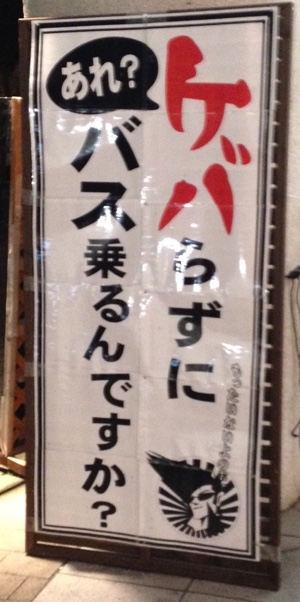Did you know that the fourth edition of Electronic Beowulf put everything online? No downloads required, just browse through the manuscript like a philosopher-king. Amazing.
It also led me to electronic versions of two parts of Kevin Kiernan's The Thorkelin Transcripts of Beowulf: "Part One: Thorkelin's Discovery of Beowulf" and "Part Three: The Reliability of the Transcripts". I'd gotten the vague idea that Thorkelin A was basically useless except as a last resort because its copyist didn't understand what he was writing, while Thorkelin B had been copied by Thorkelin himself, who did understand the content, and was therefore more reliable. Turns out I had it exactly wrong:
Though B in most cases does not make the same mistakes many times over, while A in some cases does, B makes more mistakes, and a greater variety of them, than A. Moreover, B's departures from the manuscript readings are very often emendations and restorations. A, on the other hand, makes a few errors many times over, but with such predictability that they can be confidently corrected even without access to the manuscript [...]
According to Kiernan, most of A's mistakes are attributable to problems reading the script (deciphering strings of minims into <im> vs <nn>; telling the difference between <p>, <þ>, and <ƿ>, etc.), and are therefore easy to understand and correct. Thorkelin B, on the other hand, is in some ways more of an edition than a transcript, with Thorkelin adjusting and amending words on the fly as seemed best to him — but, as my next link will explore in excruciating detail, Thorkelin did not really have the chops as an editor or linguist to pull that off. But first, one more Thorkelin anecdote from Kiernan:
At the British Museum Thorkelin's general method was to study all the manuscripts he had listed in his Cotton Notebook to see if they did indeed contain material relevant to Danish history. [...] In his Cotton Notebook, if a manuscript had something worth transcribing he would write "NB" in the margin, as he did for Cotton Julius A. xi; if a manuscript proved to be of no value to him, he would write "nothing" in the margin, as he did for Julius E. vi, also on the first page of his notebook. After reading Wulfstan's Sermo Lupi ad Anglos contra Danos in Nero A. i, he wrote "Nihil" in the margin (fol. 3v), betraying some forgiveable bias in his selection of relevant material.
Okay. So while exploring this line of inquiry I eventually stumbled upon Magnús Fjalldal's "To Fall by Ambition—Grímur Thorkelín and his Beowulf Edition" which, well...
Thorkelín was essentially a fraud as a scholar, a fact not lost on many of his contemporaries, and much of his advancement had been through ingratiation rather than scholarly achievement. Thorkelín was well aware that he might not have the ability to produce an edition from his transcripts, and for nearly 30 years he vacillated between caution and ambition. [...] The edition, when at long last it appeared in 1815, was a predictable disaster which exposed the editor for what he was and brought him misery rather than scholarly fame.
And that's just the abstract! According to Fjalldal, Thorkelin was a sycophant, a snob, a whiner, a moocher, a braggart, and a poor Latinist, so disagreeable that he was still remembered unfondly at his place of employment "decades after his death". Apparently there's even scholarly suspicion that he faked the loss of his manuscript in the 1807 bombardment of Copenhagen to buy himself more time before publication. Seriously, you have to read this article.
What does all this have to do with Japanese? Well... the business about Thorkelin A and B reminded me of something in Thomas Kasulis's book Shinto:
According to [Motoori] Norinaga, when scribes recopy texts over the generations, they often add or subtract a little something, especially in those places where the text does not seem to make sense as written. For Norinaga, a virtue of the Kojiki text was precisely that it was so unreadable. If the copyists could not read the text, there would be no chance of their intentionally rewriting parts to give it more sense.
I never did find a specific source for this in Norinaga's writings, but it sounds like something he'd say. (That's the Thorkelin method at work!)
![[No-sword]](http://no-sword.jp/images/site/no-sword_banner.jpg)




